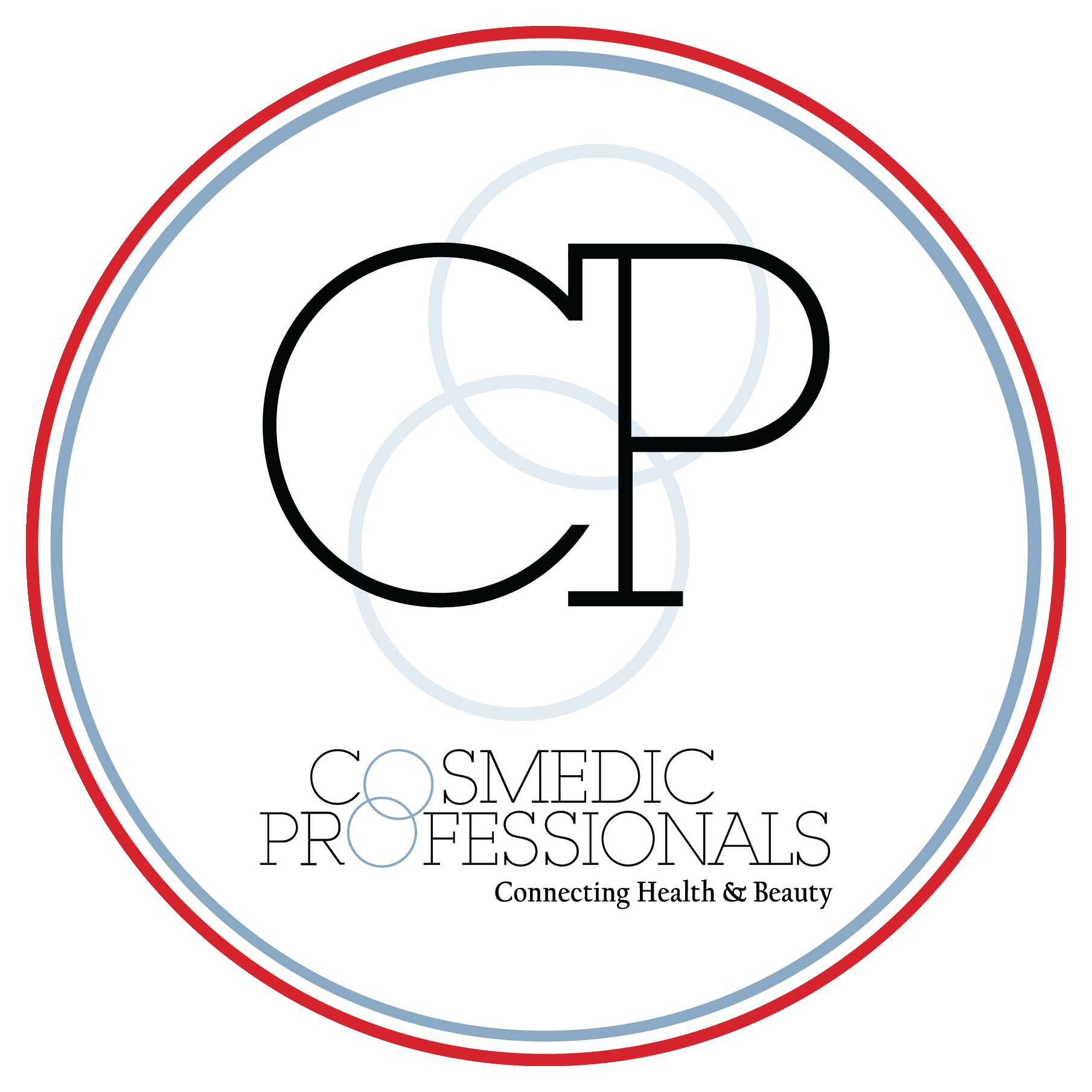Dermaplaning

Dermaplaning is a highly effective exfoliation treatment that works by carefully gliding a surgical-grade blade over the skin’s surface gently removing the top layers of dead skin cells, and fine facial hair commonly called peach fuzz (vellus hair). The process promotes healthier skin renewal, skincare absorption and reveals a fresher, smoother complexion leaving your skin incredibly smooth for flawless makeup application
Dermaplaning is safe for most skin types, especially those with sun damage, fine lines, dry patches, and dull skin, and offers immediate results with no downtime. Dermaplaning may not be suitable for people with active acne, eczema, psoriasis, or rosacea, as it can aggravate these conditions.

Is it the same as Shaving?
Dermaplaning is not the same as shaving your face. Though they're very similar, Dermaplaning delivers a deeper exfoliation along with hair removal (and should be performed by a professional). It can remove up to two weeks of dead skin with results that last up to three weeks, while shaving really, only removes peach fuzz and can be done at home.
- Exfoliation promoting even texture & brighter appearance
- Removal of peach fuzz for a smoother foundation for makeup
- Enhances skincare absorption
- Immediate results – no downtime required
- Non-invasive and Painless
- Safe for most skin types
The Pros:
- Potential irritation
- Can inflame sensitive skin or acne
- Can't be done over active breakouts
- Small risk of scarring if done incorrectly
The Cons:

- 100005871690
- 100006002762
- 100006068298
- 100006133834
- 100006199370
- 100006232138
- 100006264906
Frequently Asked Questions
Can I combine Dermaplaning with other treatments?
Yes, Dermaplaning is often combined with other facial treatments, we offer a Dermaplane Facial which includes a Pomegranate Enzyme Peel a Youth Rejuvenating Massage and a Hydrating Mask. You can have it as a stand-alone treatment. Or it can be programmed into your personalised treatment plan
Does Dermaplaning hurt?
Dermaplaning is a painless treatment. Some people may experience a mild tingling sensation or light scraping, but it’s generally a very comfortable procedure. There is no need for anaesthetic.
How often should I get Dermaplaning?
Dermaplaning can be done every 3 to 4 weeks, as this aligns with the skin’s natural regeneration cycle. However, your therapist can provide personalised advice based on your skin’s needs.
Is Dermaplaning safe?
Yes, Dermaplaning is a safe procedure when performed by a trained professional. It’s essential to have the treatment done in a clean, professional setting to minimise risks such as cuts, infections, or irritation.
Is Dermaplaning suitable for pregnant or breastfeeding women?
Yes, Dermaplaning is a safe option for pregnant or breastfeeding women. Since it’s a non-invasive treatment and doesn’t involve chemicals, it is often a preferred exfoliation method during pregnancy.
What should I do before a Dermaplaning session?
- Avoid using exfoliating products (like scrubs or retinol) for at least 3 days.
- Avoid sun exposure to reduce the risk of irritation.
- Ensure your skin is clean and free of makeup.
Will the hair grow back thicker or darker?
No, this is a common myth. The hair removed during Dermaplaning is fine vellus hair, and it will grow back with the same texture and colour as before. Dermaplaning does not affect the hair follicle or change the way hair grows.
